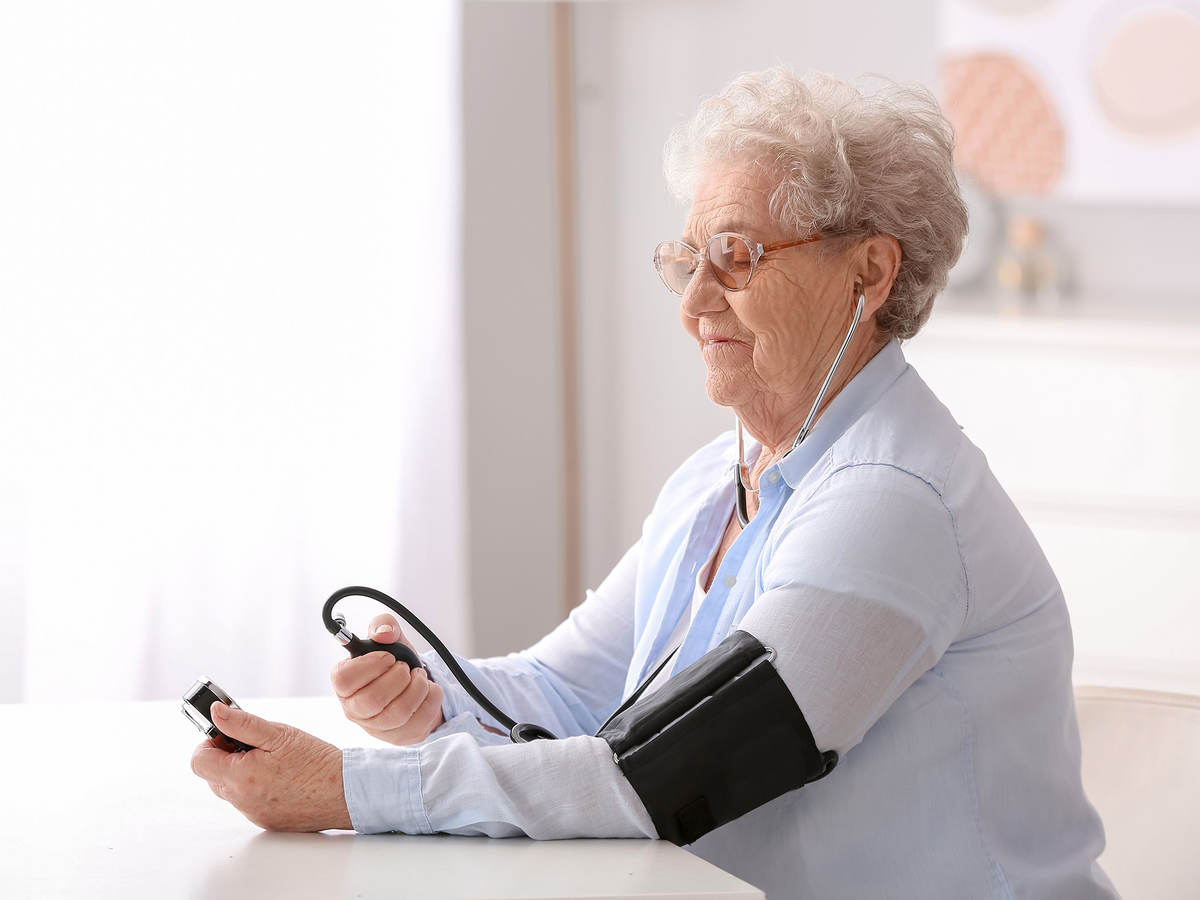October 8, 2020
COVID-19 has taught us that we can do many more things at home: work, bake our own bread, socialize via video conferencing, watch or perform in livestreamed concerts, and even receive healthcare without the traditional visiting nurse house call.
Sure, patients may still seek medical care at a doctor’s office, or seek more urgent care at a hospital emergency room. However, along with many other pandemic-related adjustments, there has been a sharp increase in the proportion of people who see their healthcare provider virtually.
As a family practice nurse practitioner, my daughter sees patients exclusively online. She speaks with patients just as she would in a medical exam room, performs visual examinations, and can accomplish most of her clinical goals without being physically present with patients. She’s observed that patients are more relaxed in their home settings and she receives important inputs from seeing their home environments. This system works well for most and it is unlikely to revert when the pandemic passes.
Just as we have learned that many aspects of healthcare can be delivered remotely to achieve social distancing, we will see the same shift in how certain diagnostic tests and therapies are delivered. Therefore, as more health care becomes virtual, we can expect a wave of new home-use medical devices being introduced to market.
Accelerated trend toward at-home care
Even before COVID-19 hit, the shift to home-use medical devices was well underway:
- People use products such as Cologuard to test their stool for signs of colon cancer, albeit using a kit with components that get sent to a lab.
- Individuals with autoimmune diseases self-administer powerful drugs using autoinjectors and share health data through online portals.
- For a long time, people have had the ability to test their blood glucose levels using glucose meters.
- Home diagnostics has expanded to include tests for cholesterol levels, urinary tract infection, and HIV status.
We can expect this shift to accelerate, especially given that many people are foregoing important tests and screenings because they do not want to enter a healthcare facility.
There is now talk of a home COVID-19 test, and perhaps there will also be home treatment kits. Indeed, testing has moved from the central laboratory, to the point-of-patient care, to the home. Expect continued progress at an accelerating pace.
It can be considered a breakthrough—and possibly disruptive—when a layperson can safely, effectively, and easily perform a large proportion of diagnostic and therapeutic tasks that previously required a clinician. For such innovations to succeed, the home-use medical devices that power these tasks will need to be developed with an intense focus on user interaction quality along with the technical advances that make them possible. Ideally, the results will equal those achieved in a traditional healthcare setting in terms of safe and effective use, or at least come close enough for practical purposes.
At-home device design considerations
So how do you make a home-use medical device user friendly in view of the strong need? Important steps include the following:
- Design the product and instructional materials to meet the needs of a diverse user population.
- Eliminate manual tasks where possible by automating product functions, thereby reducing both workload and the opportunity for use errors.
- Provide ultra-clear instructions for use, potentially supported by other media (e.g., online demonstration videos, apps with reminders and trackers).
These steps should be taken in the context of a comprehensive, human factors engineering approach to product development. It would be unfortunate to produce a home-use medical device that offers great medical benefits but is not usable due to human factors-related negligence. In tennis terms, that would be “an unforced error” because there is a reliable way to avoid this outcome. It’s far better that a developer invest early and extensively in human factors engineering and then harvest the benefits: smooth sailing through the regulatory process and a greater chance of commercial success. Of course, the most important beneficiaries are the end-users who will have a positive experience using the given medical product safely and effectively.
Michael Wiklund, CHFP, P.E., is General Manager of Human Factors Research & Design at Emergo by UL.
Request information from our specialists
Thanks for your interest in our products and services. Let's collect some information so we can connect you with the right person.



